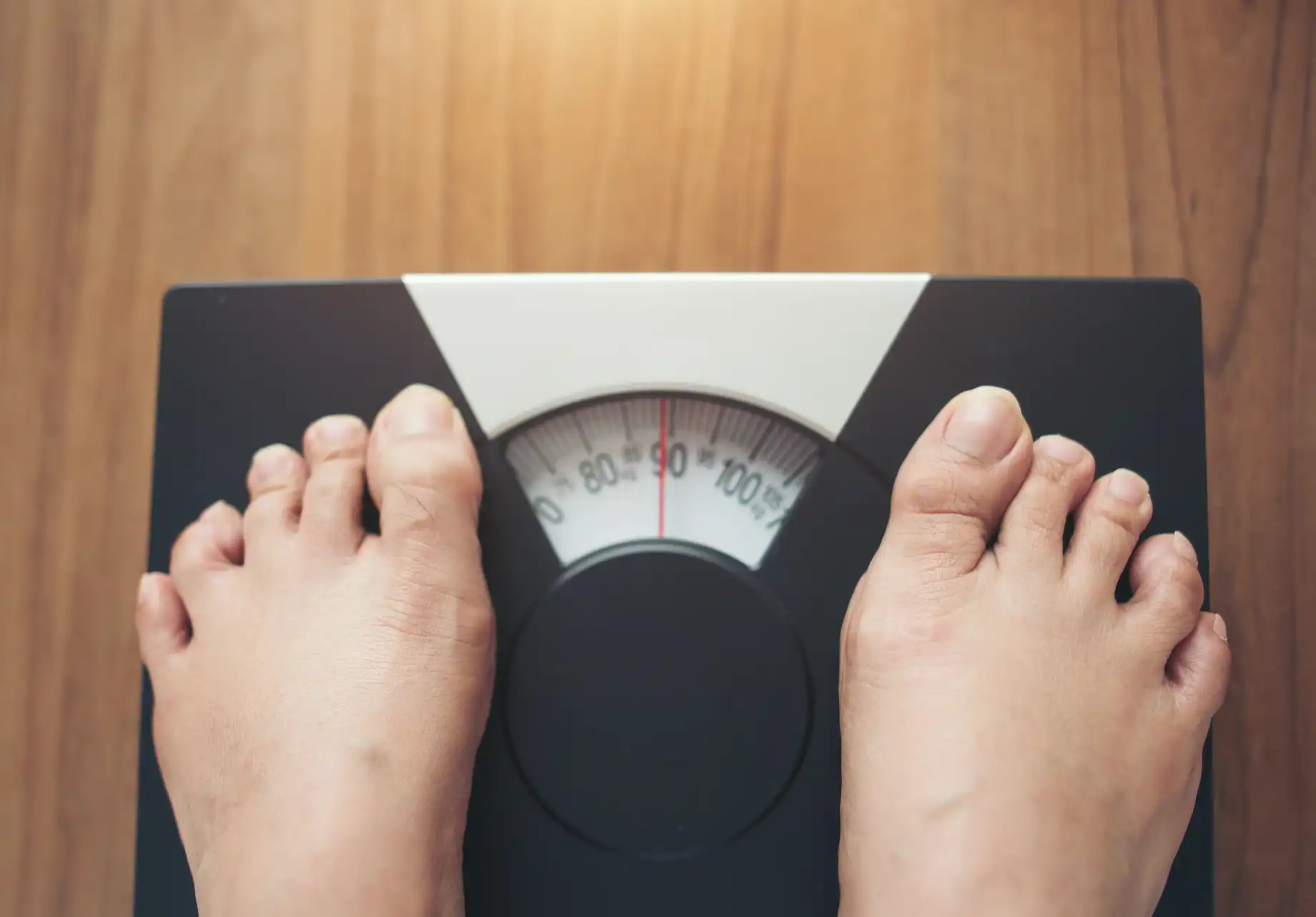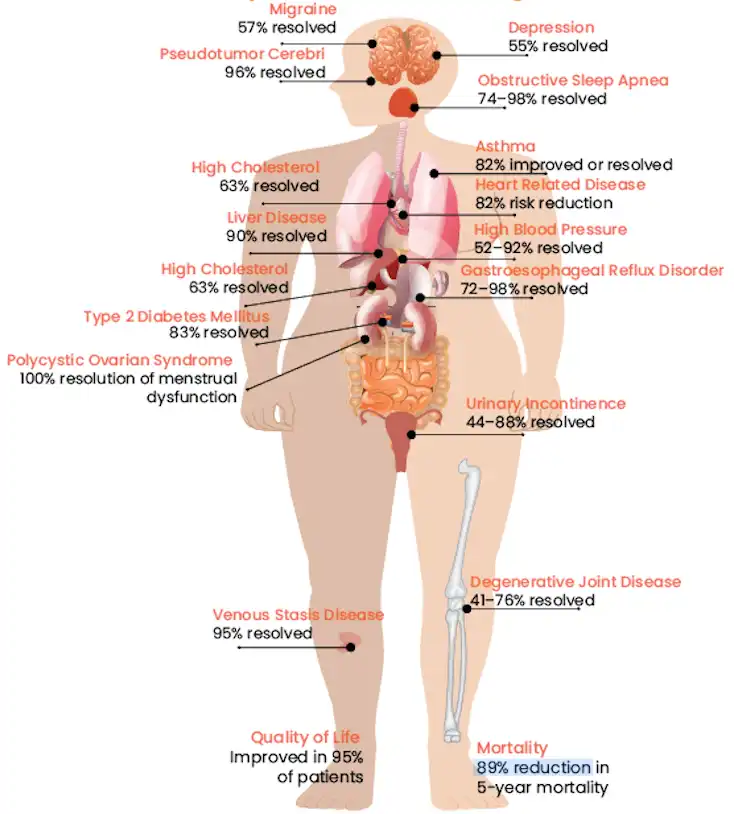
Malaysia now has one of the highest obesity rates in Southeast Asia — more than 54% of adults are overweight or obese (National Health and Morbidity Survey 2023, Ministry of Health Malaysia).
Obesity goes beyond just weight. It can drain your energy, lower your confidence, and limit your ability to live life to the fullest. Over time, it also increases your risk for serious health conditions.
At Pantai Hospital Ampang, we offer safe and effective weight loss treatments — both surgical and non-surgical — tailored to help you take back control of your health.
Obesity increases your risk for:
You may be a candidate if you:
BMI (Body Mass Index) is a tool used to screen weight categories.
It’s calculated using your height and weight:
BMI = Weight (kg) ÷ Height2 (m2)
|
BMI |
WEIGHT STATUS |
|
Below 18.5 |
Underweight |
|
18.5 – 24.9 |
Normal |
|
25.0 – 29.9 |
Overweight |
|
30.0 – 34.9 |
Obese (Class I) |
|
35.0 – 39.9 |
Obese (Class II) |
|
40 and above |
Morbid Obesity (Class III) |

Our team provides both surgical and non-surgical treatments — customized to your body, your lifestyle, and your health goals.
A large portion of your stomach is removed, leaving a narrow “sleeve” that limits how much you can eat.
Creates a small stomach pouch and bypasses part of the small intestine, reducing food intake and absorption.
A soft balloon is inserted endoscopically and filled with saline to take up space in the stomach.
Weight loss medications can help control appetite and support metabolic health.


Our bariatric specialists will work closely with you to evaluate your needs and recommend the best solution based on your health and goals.
The intragastric balloon is a temporary, non-surgical option that helps you feel full faster by taking up space in your stomach. It stays in place for about six months and is then removed. The balloon doesn’t permanently shrink the stomach, but it helps you relearn portion control and healthier habits that support long-term success.
Long-term success depends on your commitment to lifestyle changes. While surgical procedures like sleeve gastrectomy and gastric bypass can lead to significant and lasting weight loss, habits still matter. Our team provides follow-up support to help you maintain your progress — whether you've had surgery or a non-surgical option like the balloon.
Most surgical patients return to light activity within 1 – 2 weeks, while balloon recovery typically takes just a few days.
All procedures are performed by experienced specialists in a hospital setting. While every medical treatment carries some risk, your safety is always our priority.
If you’re struggling with weight and unsure where to begin, we’re here to help.
Book a consultation today and explore the option that fits you best.


